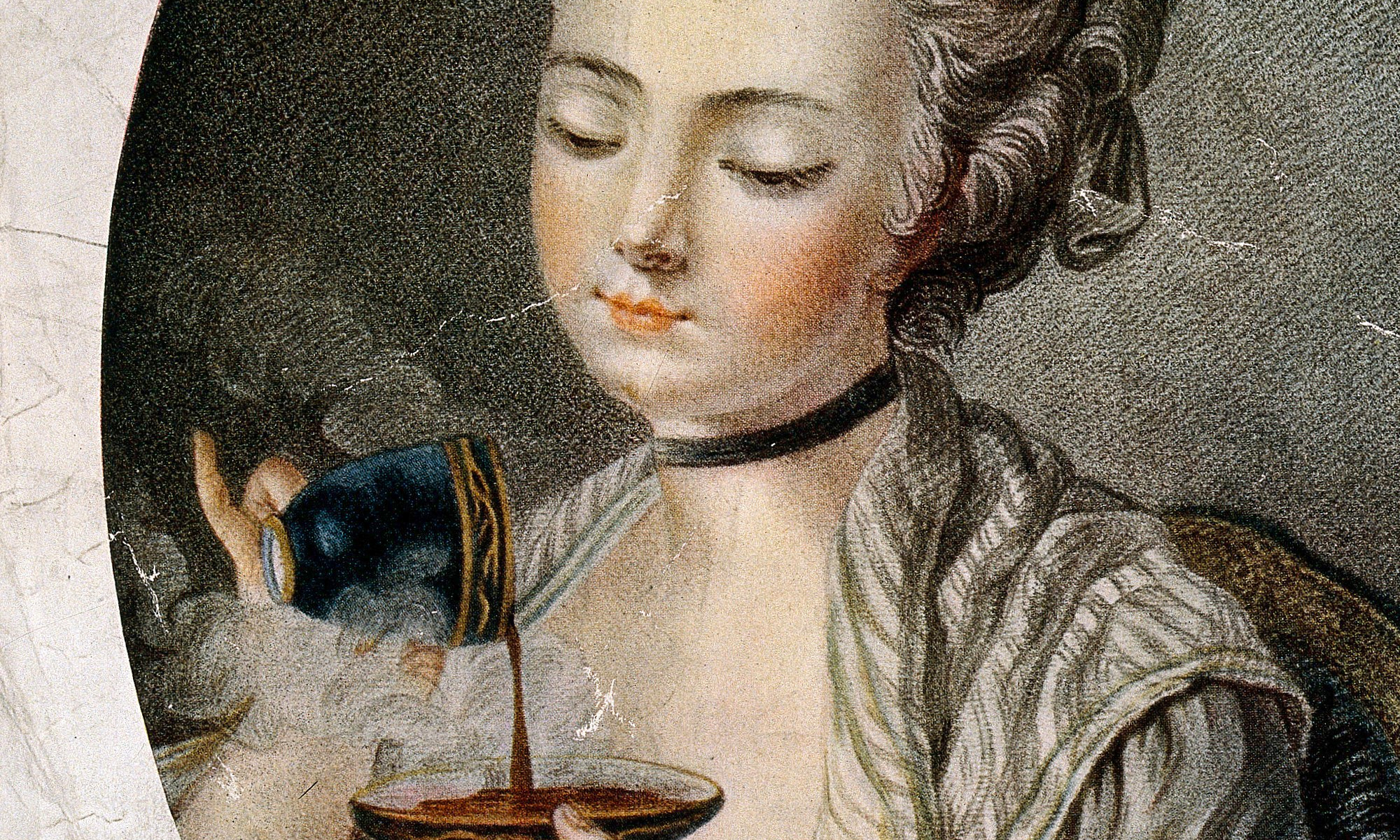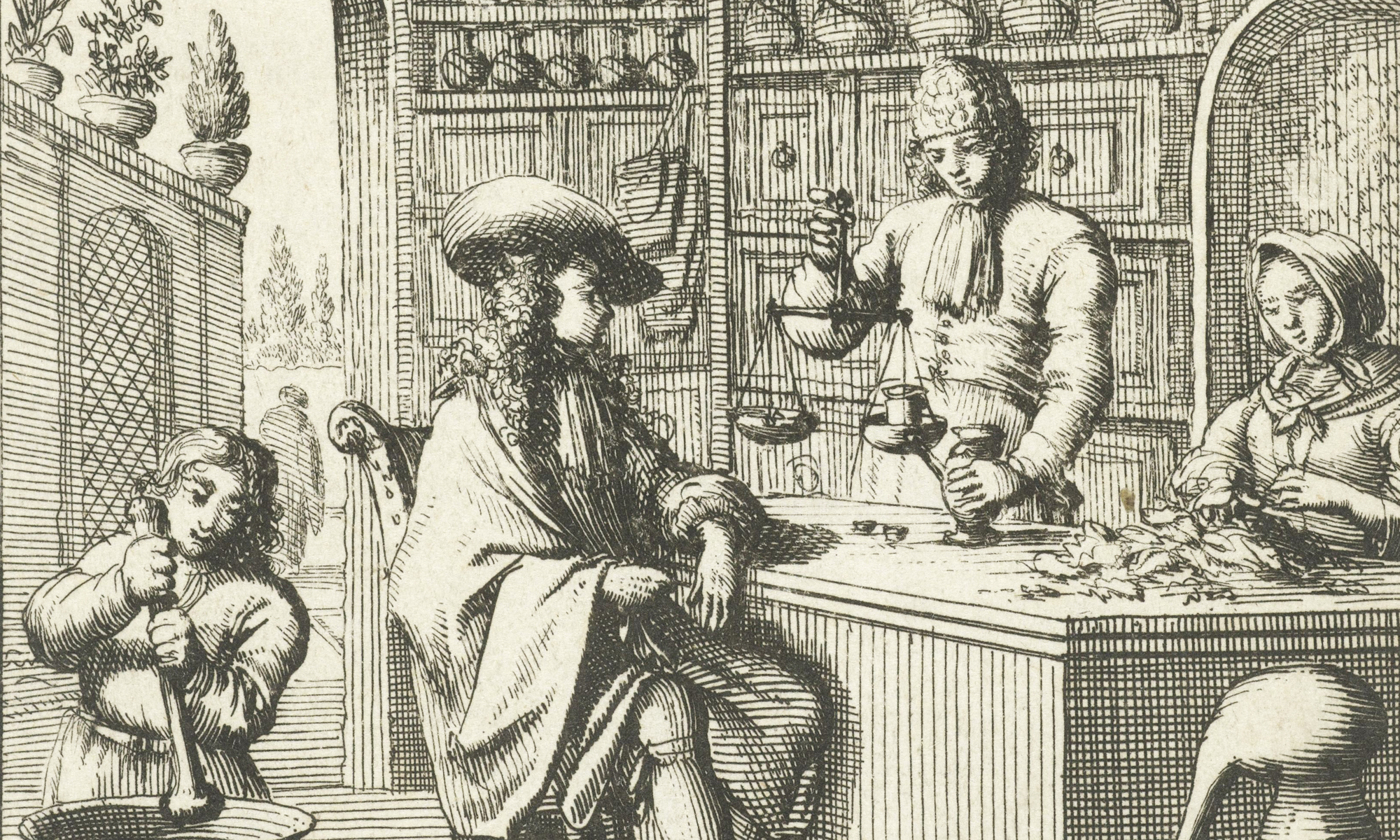Thinking about intoxicating spaces, apothecary shops are probably not what first springs to mind. Yet, these places are very relevant in discussing the assimilation of new intoxicants into European diets. It may seem strange to us today, but they virtually all started out as medicinal drugs. For example, sugar was believed to remedy coughing and to support the stomach, kidneys, and bladder, amongst others. Similarly, tobacco could be applied for many different conditions ranging from scurvy and tetanus to epilepsy and constipation. Moreover, it could be applied to cure wounds and was believed to have a preventative effect against the plague. Opium, coffee, tea, and cocoa were used just the same as panaceas for many ailments. The opium poppy’s bulbs and their sap were famous for their ability to induce sleep and to calm children. Tea and chocolate would even arouse lust, while coffee was regarded as an anti-love elixir.

The Impact of New Intoxicants on Urban Spaces in Europe, 1600–1850
